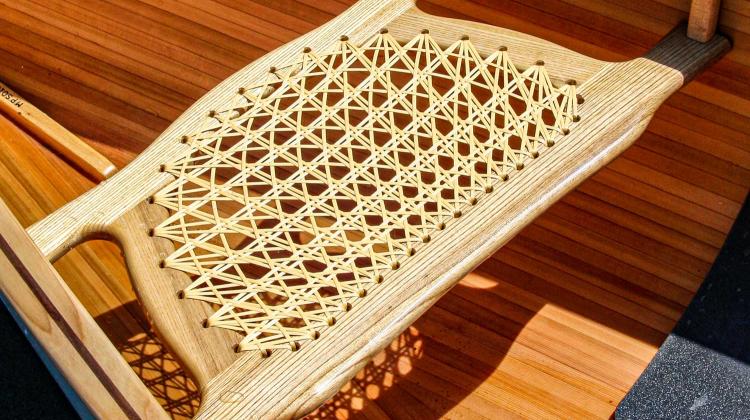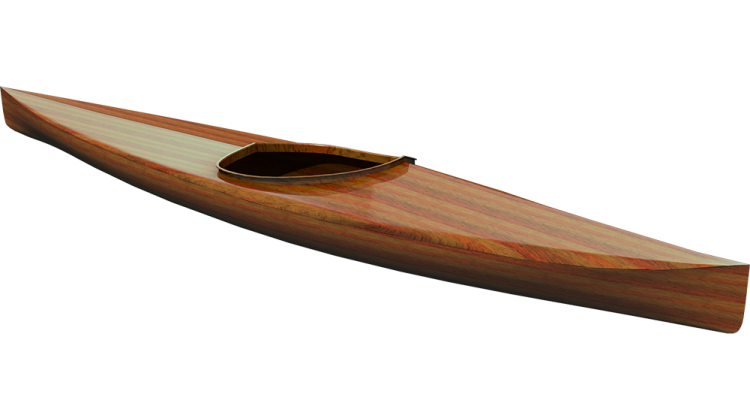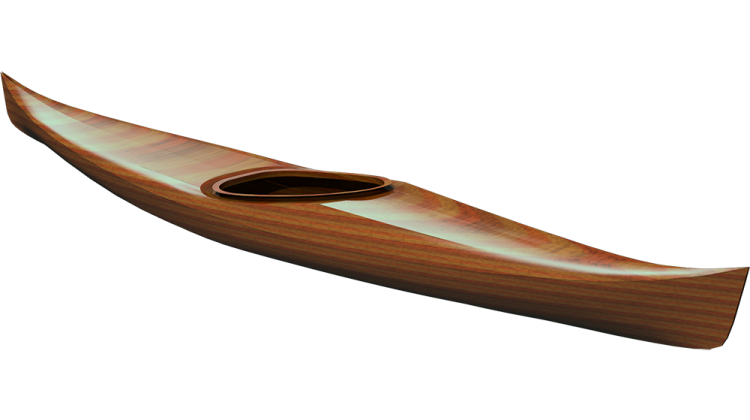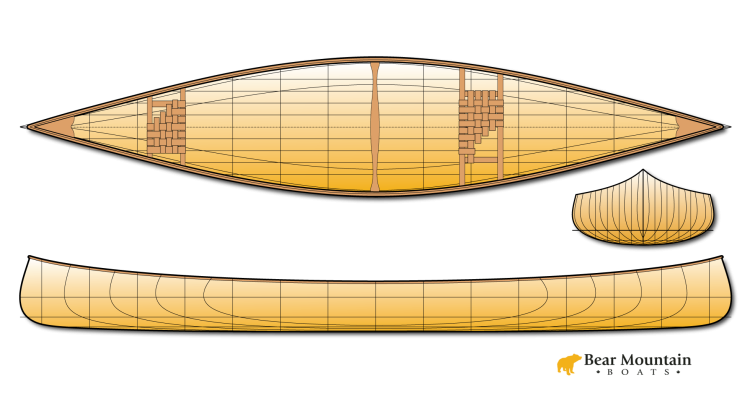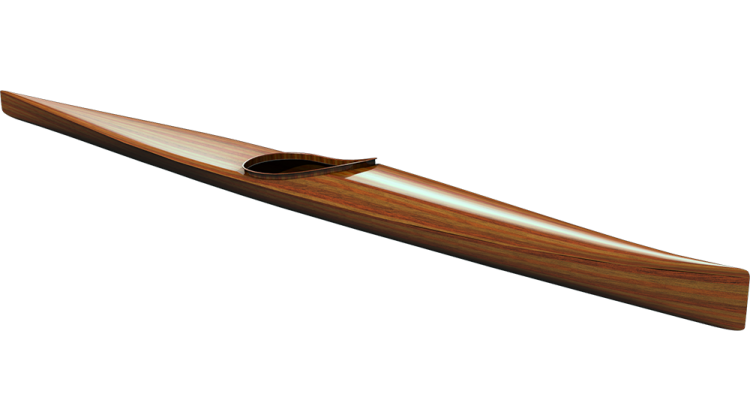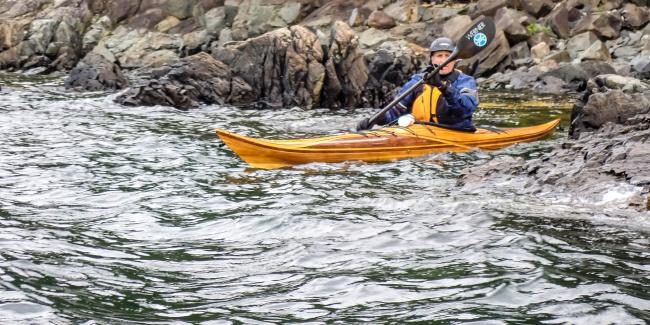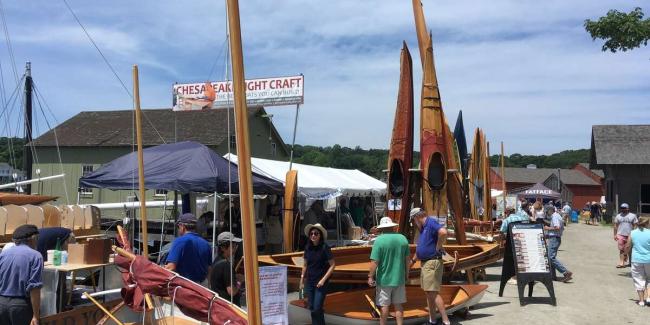I want a canoe. I love kayaks and the Nymph canoe is great fun, but there are time when my wife Robin and I want to hop into a boat after dinner and go for a relaxing paddle. And for a simple no-nonsense paddle there is really nothing like a canoe. A canoe lets you slide the boat in, pull on a life jacket and get going. A kayak or double paddle canoe will usually involve a certain expectation of getting wet, if only from the paddle dripping on your lap so it usually involves a little more pre and fuss. Putting on a spray skirt is not that big and obstacle to paddling, but it does imply a that there is a little more production to going for a half hour kayak trip vs a similar canoe trip.
There are lots of beautiful canoe designs out there to choose from and probably no need to design a new one, but I like designing boats and that is part of the experience for me. I recently made a trip up to Ontario Canada and had the opportunity visit the Canadian Canoe Museum. if you ever get the chance, this museum is a wonderful resource for anyone interested in the history of canoes and kayaks.
One thing that struck me is the diversity of stem shapes that have been built into canoes. These show up very early in the history of canoes. Birchbark canoes were built through out the arboreal forest from Nova Scotia and Maine across to Washington state and British Columbia and each tribe and group had their own variation.
Bark canoes are really quite simple in form. Essentially they are just an envelope of bark held together at the ends and spread out at the middle. If you take a standard piece of printer paper, fold it in half lengthwise and then tape together the ends, when you open up the middle you will find you end up with a boat like object quite similar in form to the "Sturgeon Nosed" canoes of the Kootenay people of British Columbia. A rectangular skin forced into a boat shape will naturally end up with stems that lean in towards the middle of the canoe. This "Recurve" is something that is quite common in canoe stem shapes.
Looking at the low protruding point at the bottom of the sturgeon nosed canoe you can imagine that it might catch weeds floating in the water and it also looks a little delicate sticking out there in front where it would be the first thing to hit any obstacle. So from the folded envelope design it is not a stretch to cut a little bit off the bottom of the stem, create a little curvature here and there and before you know it, you have the typical rounded ends of a canoe we all recognize from the Grumman aluminum canoes we remember seeing growing up.
But within the parameter of creating this curvature, there is a lot room for personal expression. The stem can have a fairly constant radius, or it can have a tight curve at the bottom and straighten out at the top, or go the other way around
In the interest in studying this diversity a bit I created the above matrix. This is by no means a comprehensive but shows how subtle changes in shape can have a lot of influence on the look of the boat. Not only do I have the stem shape change, I am also adjusting the sheer line curve, with some being a gradual, continuous curve from the "center" to the stem where others start out slowly at the middle and then curve up more suddenly towards the stems. I created a few key designs and then used the Adobe Illustrator "Blend" tool to create variations in between.
While some of these stem shapes may not be all that familiar but just about all of them have some historical precedent. For example the Orange "D1" example is similar to the Voyageur freight canoes in the image below.

There are a lot of reasons to choose a stem shape, but aesthetics are always an obvious part of the choice. The stem shape is one of the first clues as to the intent of the design. It may imply an elegant cruiser like "A1" or a fast racer like "E7" and somehow "D4" suggests an able touring boat that doesn't mind some whitewater. Your own interpretation of these shapes may differ, but in my goal to design a boat for my own use, it is one of the starting points that will influence the final result.
I've got a lot of work to do before I have a design I want. There are the important consideration of the actually shape of the boat in the water with aspects such as rocker, dead rise, waterline shape etc., but one must start somewhere and it sort of interesting to look at shapes and visualize what the character of the boat is implied by the stem shape.


